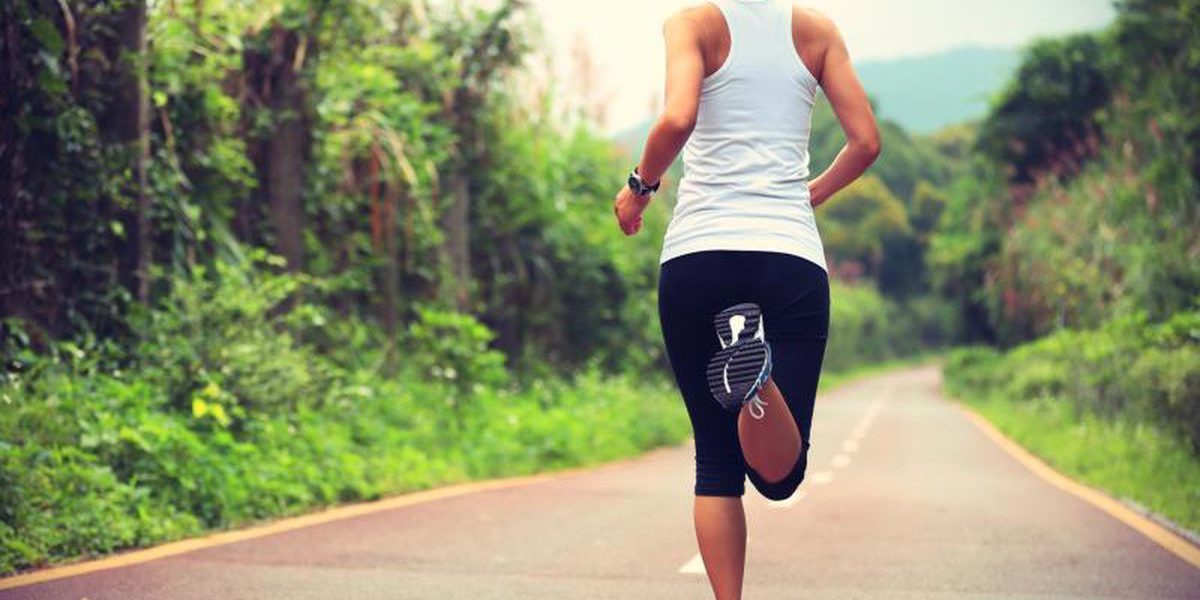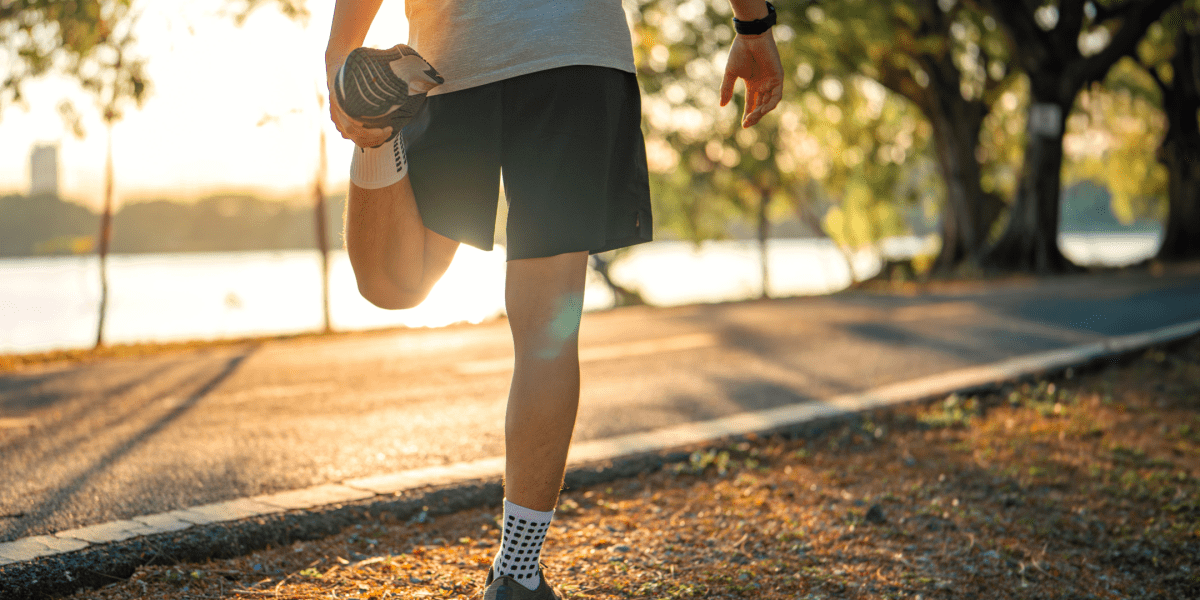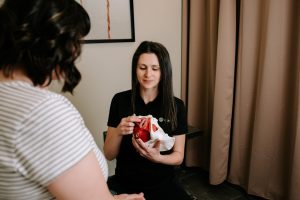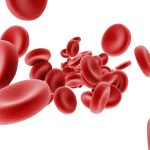Running is a skill, so treat it that way!
It is actually one of the most complex natural movements that we learn as children. Running upright is also one of the things that defines us as humans. Growing up, we pass through what are called developmental motor milestones in specific stages. We learn to roll, crawl, creep, walk, and squat before we learn to run. The ability to run comes at a predictable time for most children, and it happens through motor learning via trial and error, repetition, and consistent exploratory practice. Running is a very natural human movement, but one we start to quickly lose when we stop using it. It appears when children first learn to control their bodies well enough to prevent ground reaction force and gravity from interfering with their ability to balance and stabilize. Running takes skill and practice to be highly efficient at. Efficiency means decreased injury risk, less wear and tear, and ultimately better performance.
Running needs to be treated as more of a skill…and like any skill it requires consistent conscious practice and repetition to master.
Key Points to Improve Running Efficiency
Before diving into clinic options, it’s essential to clarify your specific reasons for seeking physiotherapy. Common reasons might include:
Don’t Over Stride
Shorten your strides up, it will make a huge difference if you are currently over-striding. The ankle shouldn’t land in front of the knee when you are taking a stride on the leg that is coming down. This is essentially like running with the parking brake constantly on, and sends a massive amount of impact up through the ankle, knee, hip and spine.
High Stride Rate
Related to the first point, shortening up your stride length means increasing your stride rate. This can feel somewhat foreign at first, but a high stride rate is the key to being efficient (when at jogging/running speeds, sprinting is a different story). Think short and springy.

Aim for a Flatfoot Strike
Avoid heel striking when you run. It is easy to get away with when you have ultra cushioned and supportive shoes, but it still sends huge impact forces up to other joints in the body. Aim to strike with your foot already in the process of moving backwards, with midfoot to forefoot contact (this depends on speed again, so slow-moderate speeds = more midfoot, higher speeds = more forefoot)
Posture
Posture matters as a runner. This means having mobility in the right places and stability in the right places. Think of maintaining a good posture through the entire torso. Think about having a relaxed upper body. Relax the arms, shoulders, neck as you reciprocally swing the arms while running.
Run Soft
Think about running quietly, softly, and smoothly. All too often people continuously slam away at the ground, creating huge inefficiencies and more impact through the body. Be mindful of your stride, how you land, and how soft you are being. Try running without shoes for even 20 feet, this will guide you on how soft you should be landing (even with shoes on).
Did You Know?
Regular running can significantly lower your risk of heart disease by 35% – 50%. It supports healthy blood flow, stabilizes blood pressure, and helps maintain good cholesterol levels while reducing the risk of blood clots.
Prioritize Quality Over Quantity
Running often isn’t given the respect it deserves.
Many people choose to jump into running right away and treat it as something that anyone can do to start shedding pounds or exercising. Here’s the thing…anyone can go out and run, but not many can go out and run with crisp technique and efficient bio-mechanics (no matter what distance is being run). All too often, quantity is prioritized over quality. Quality is what matters most. Quality equates to efficiency, decreased injury risk, and better overall performance.
The skill of running is only improved with practice. Every time you go out running you have a chance to work on this skill and the quality of your running technique. Forget about the distance, and use quality to determine your distance when training. When quality starts to be compromised, your run should end. In addition, pure skill practice at much lower distances is a great way supplement to your training. Practicing in a park is a great way to perform sets, with each set trying to improve upon the mechanics of the last. !
The Path to Injury-Free Running with Optimize Ottawa
Treat running like the skill it truly is! When you focus on technique and prioritize quality, every run becomes an opportunity to refine your form, protect your body, and boost performance. Whether you’re running short or long distances, maintaining good form helps prevent injuries and keeps you moving efficiently. Think of each step as a chance to master your stride, rather than just clocking miles.
For expert guidance on improving your movement and making running a sustainable part of your fitness journey, visit Optimize Ottawa’s Movement and Strength Therapy.





